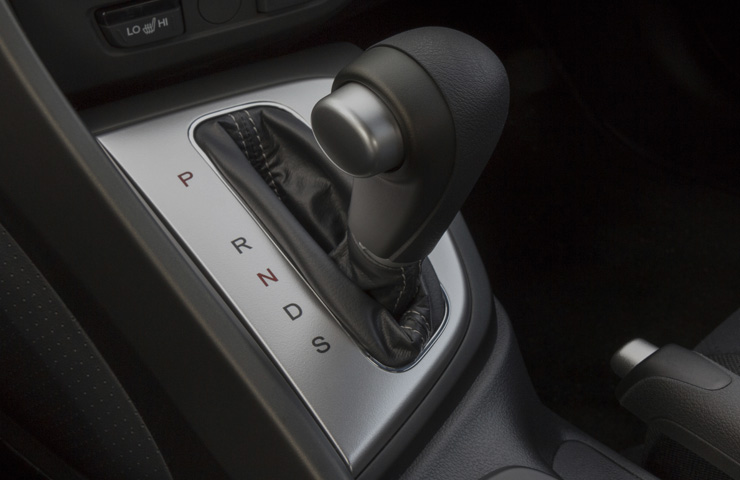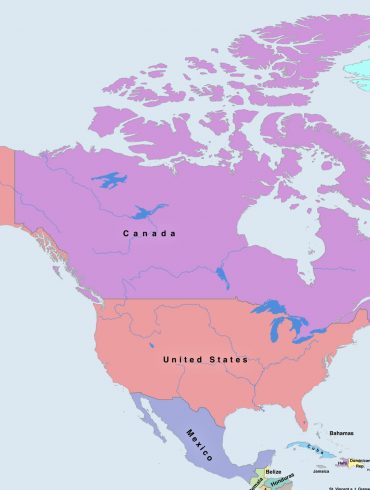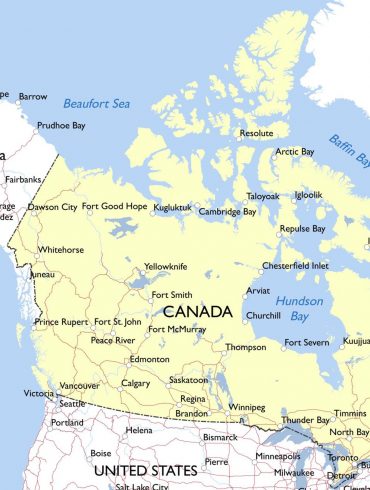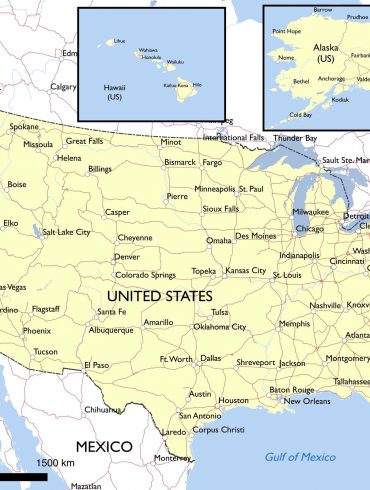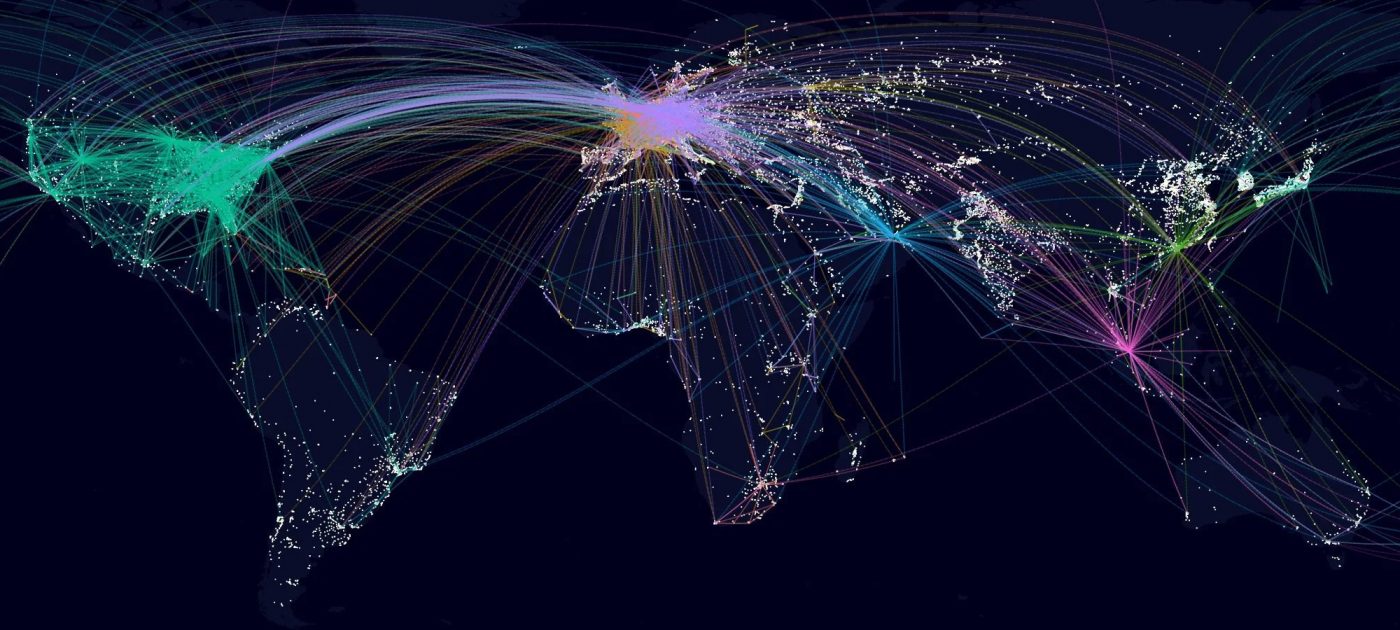
North America is made up of 3 countries, Canada, USA and Mexico. This page will focus on Canada and USA only due to the cultural similarities between these two countries. The two neighbors are massive in land and cannot be fully understood and visited in a short time. There several differences between Europe and North America that any European tourist, especially the first time visitors, need to know about. While English is predominant as communication tool, there are pockets of French (Canada) and Spanish (USA), that may intrigue some travellers.
Quick points:
Canada and USA are huge. Literally.
Distances are mostly measured in driving time, not miles (USA) or kilometers (Canada). When asking someone how far a destination is the answer will be in time to drive there not distance.
Public transportation is quite scarce outside big cities and renting a car is a better option.
With the exception of Quebec province in Canada, not speaking English will be a problem when asking for directions.
Prices are displayed without VAT (sales tax). Those taxes vary from province/state to cities and counties, so the price tag is generally smaller than what is charged at the cash register. To complicate the situation even more, some places don't charge VAT on food that needs preparation (raw meat, fruits and vegetables), clothes, books etc. Tobacco and alcohol tend to be displayed with the complete price.
Canadians, while generally polite and friendly, will be slightly offended when confused with Americans.
Geography is not the North American public's strongest point so expect confusion, ignorance and disinterest when you're mentioning your home country.
Both USA and Canada are made of several ethnicities and while it's fun and cool to meet someone with same ethnical background as a traveller from Europe, be aware that the respective person is first Canadian or American and secondly of European or other ethnicity.
The customer is generally king/queen while in North America. The service is well above the European norm and tipping in restaurants/taxis/hair stylist etc. is expected, generally between 15 and 20% of the total.
If driving, obey the traffic laws to the letter. American and Canadian police don't see lightly on this and even if you're a foreigner don't expect leniency.
Americans and Canadians are friendly, helpful and easy to get along with. Some Europeans may find this over the top sociability confusing. The small talk is almost mandatory when engaging a conversation in North America.
Driving in North America:
Right turn on red light is allowed unless there’s a sign forbidding it
Highway in Canada, Freeway in the US. Some have tolls some don't. In Canada highway tolls are collected via a photograph of your car taken at the entrance and at the exit of the highway, while in US there will be toll booths.
Highway exits on the left are quite normal, ensure you're in the correct lane way ahead of the exit.
There are very few roundabouts in North America. Intersections are either with traffic light or STOP signed.
Left turn at traffic light varies from green arrow, flashing green, flashing red.
When turning left cars will yield to oncoming traffic and go through the intersection at the latest on amber light.
Highway speed limit varies from state to state in US and from province to province in Canada.
Distances and speed limits are posted in miles in US and kilometers in Canada
As well as most of the cars in North America, rental cars are with automatic transmission.
Parking lots are plenty and parking fines varies widely from city to city.
Traffic police in US is armed. When stopped by police keep you hands on the steering wheel.
Traffic offences can be taken to court and most of them will be reduced by the traffic violations’ court
Legal alcohol intake limits when driving vary from county to county, state to state province to province.
Winter tires are mandatory the Canadian provinces of Quebec (December 1st to March 15th) and in British Columbia (on certain roads).
Gasoline (petrol) is cheaper than Europe and can vary in price from state state and province to province to county due to different taxation. In US prices are displayed for a gallon (3.78l) and many gas stations may have a pay first, refuel after, policy.
